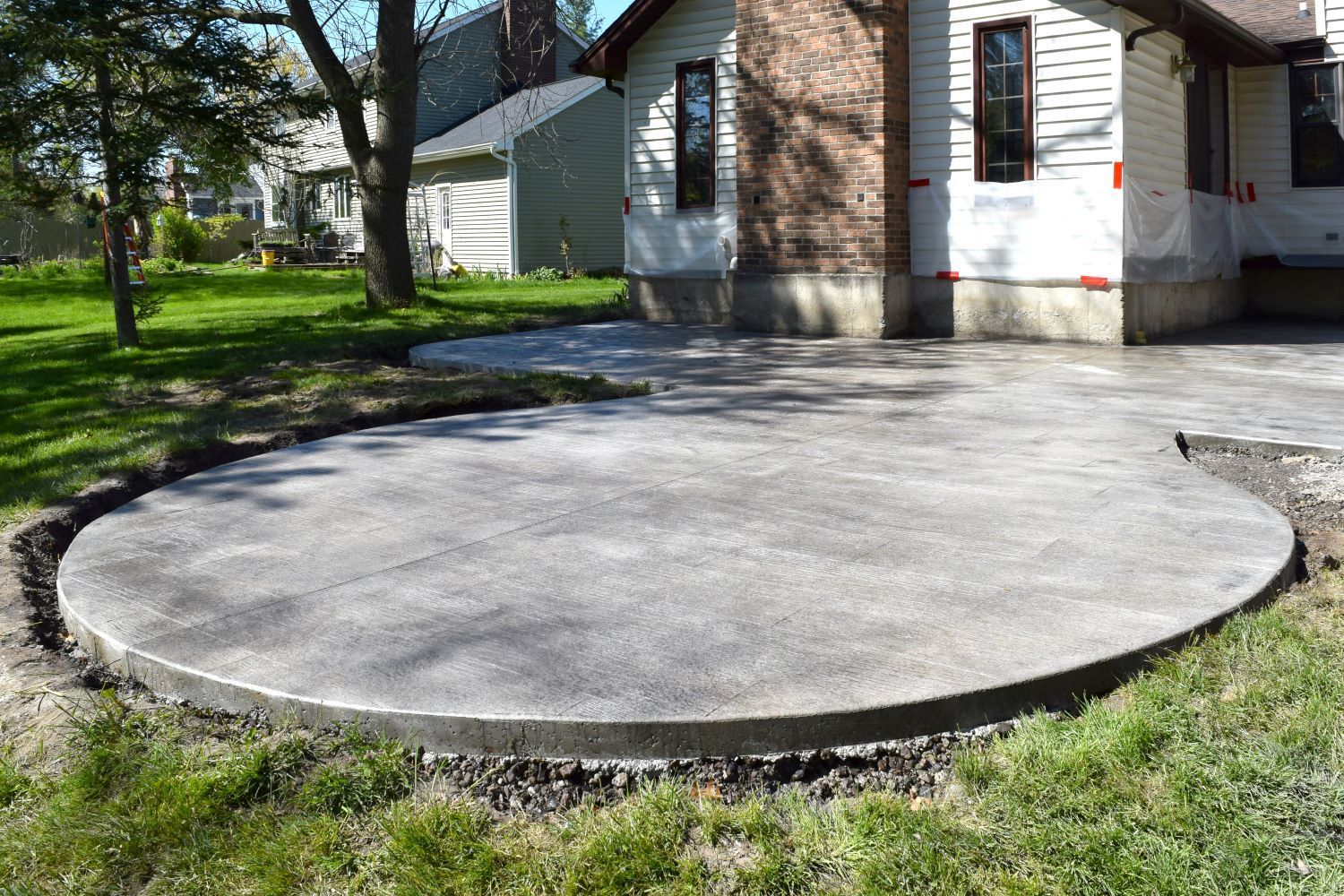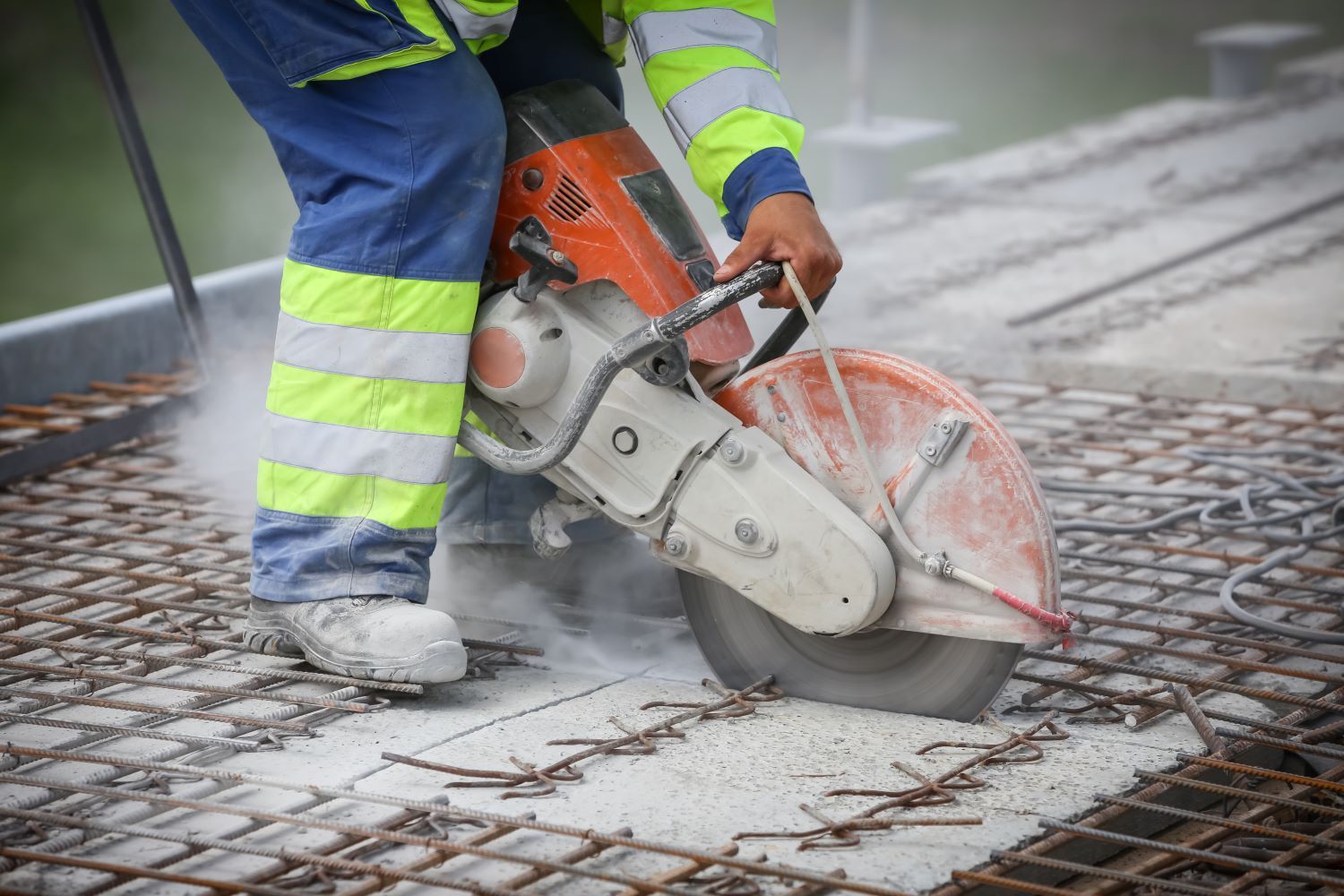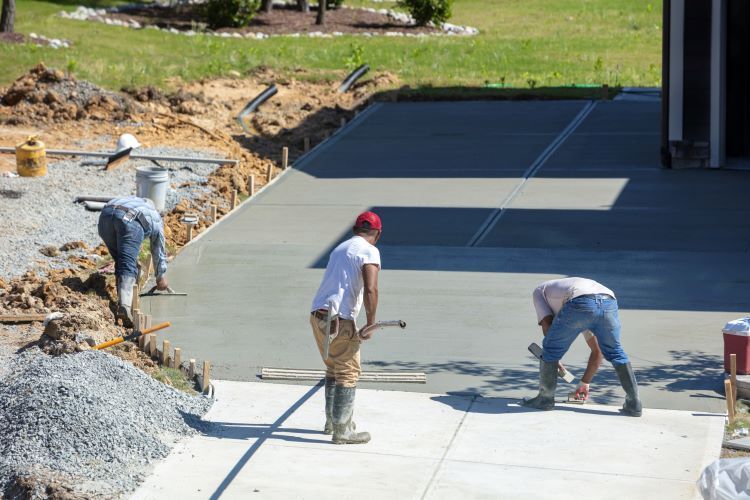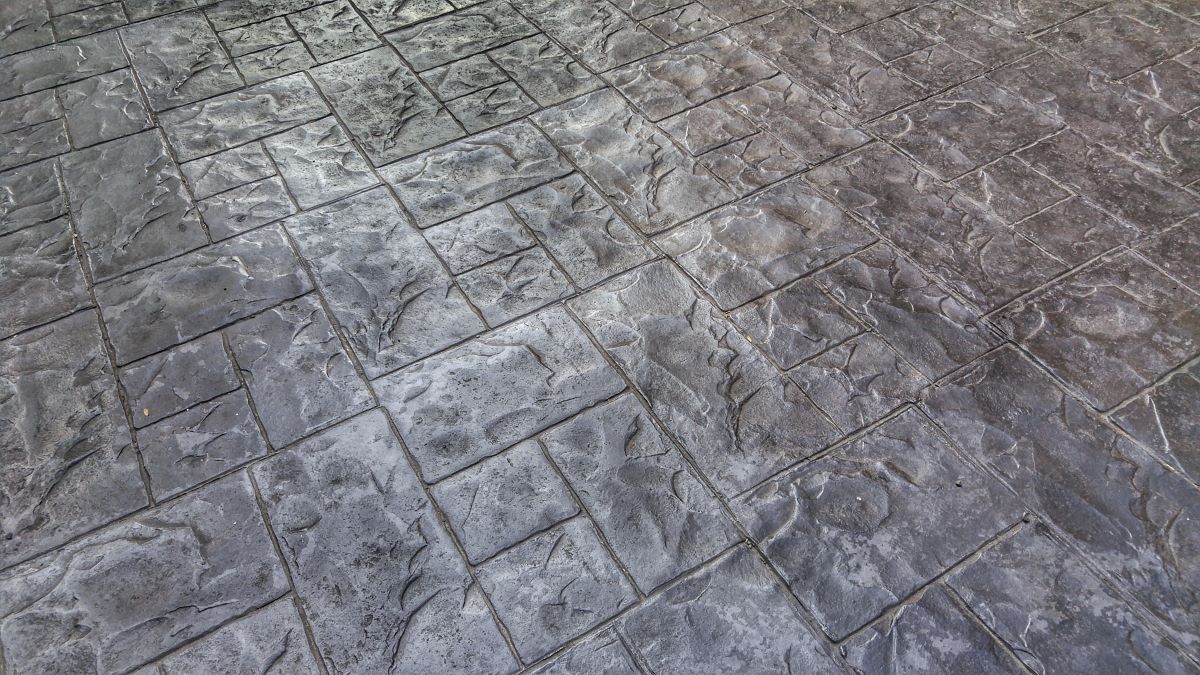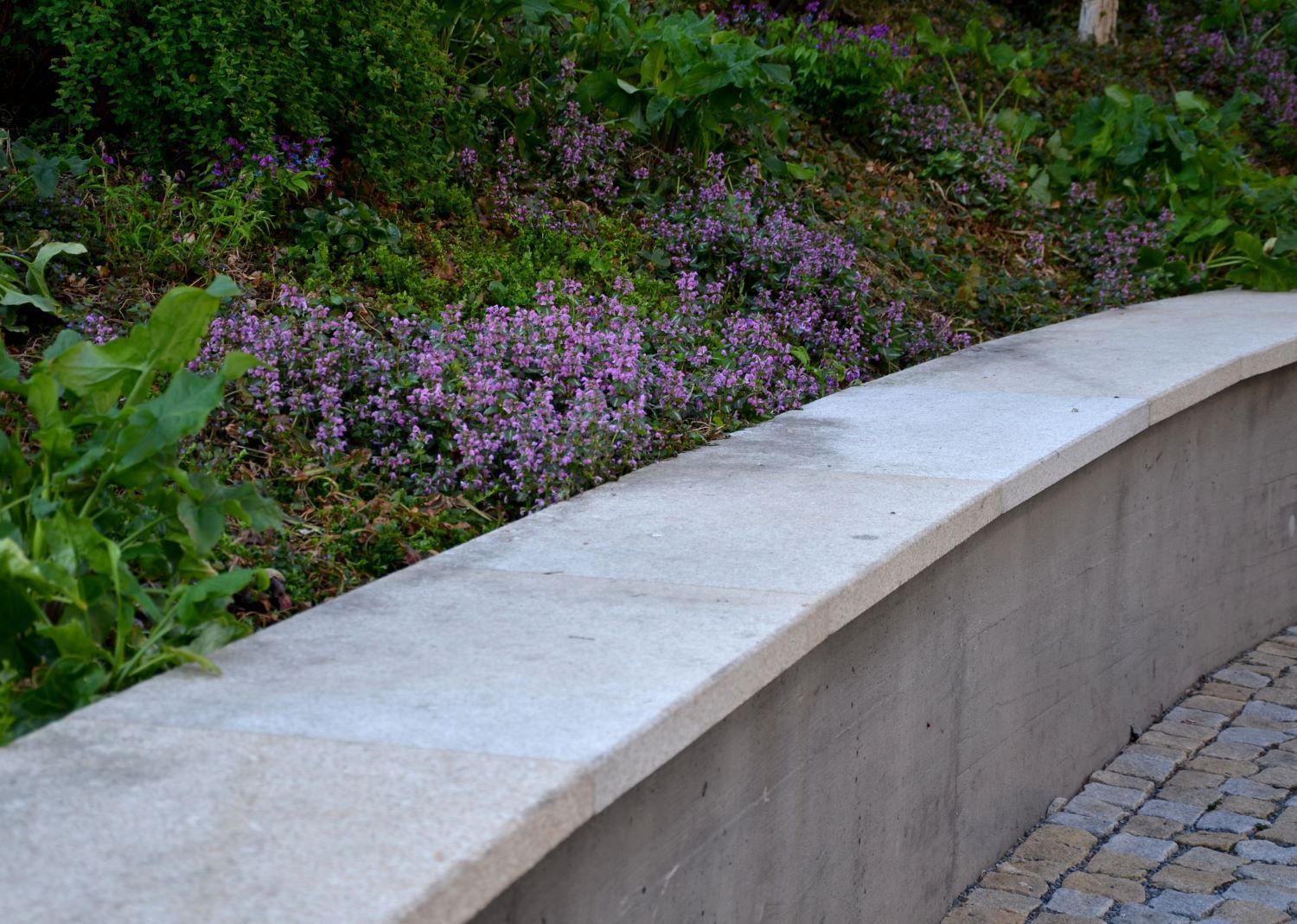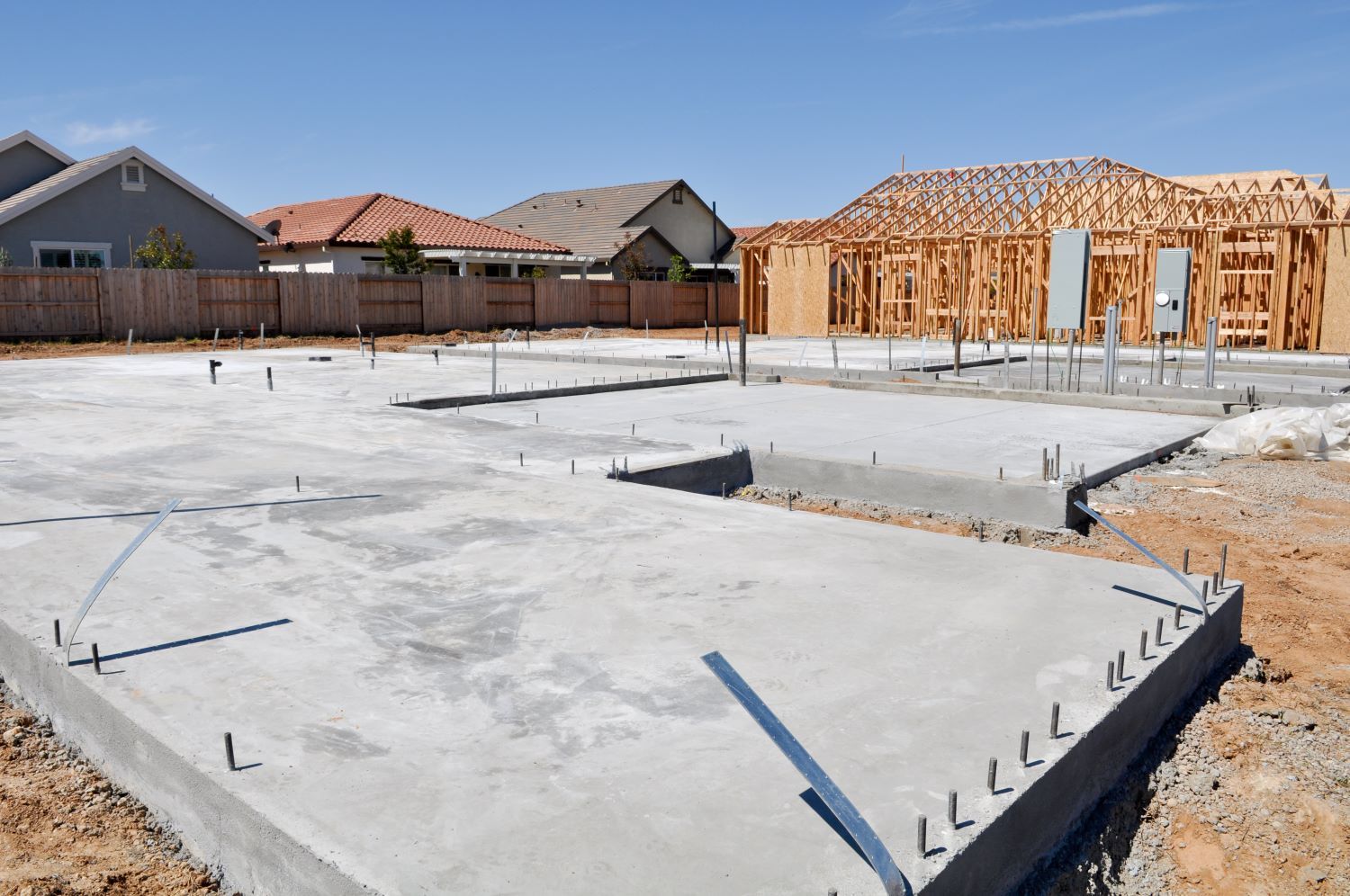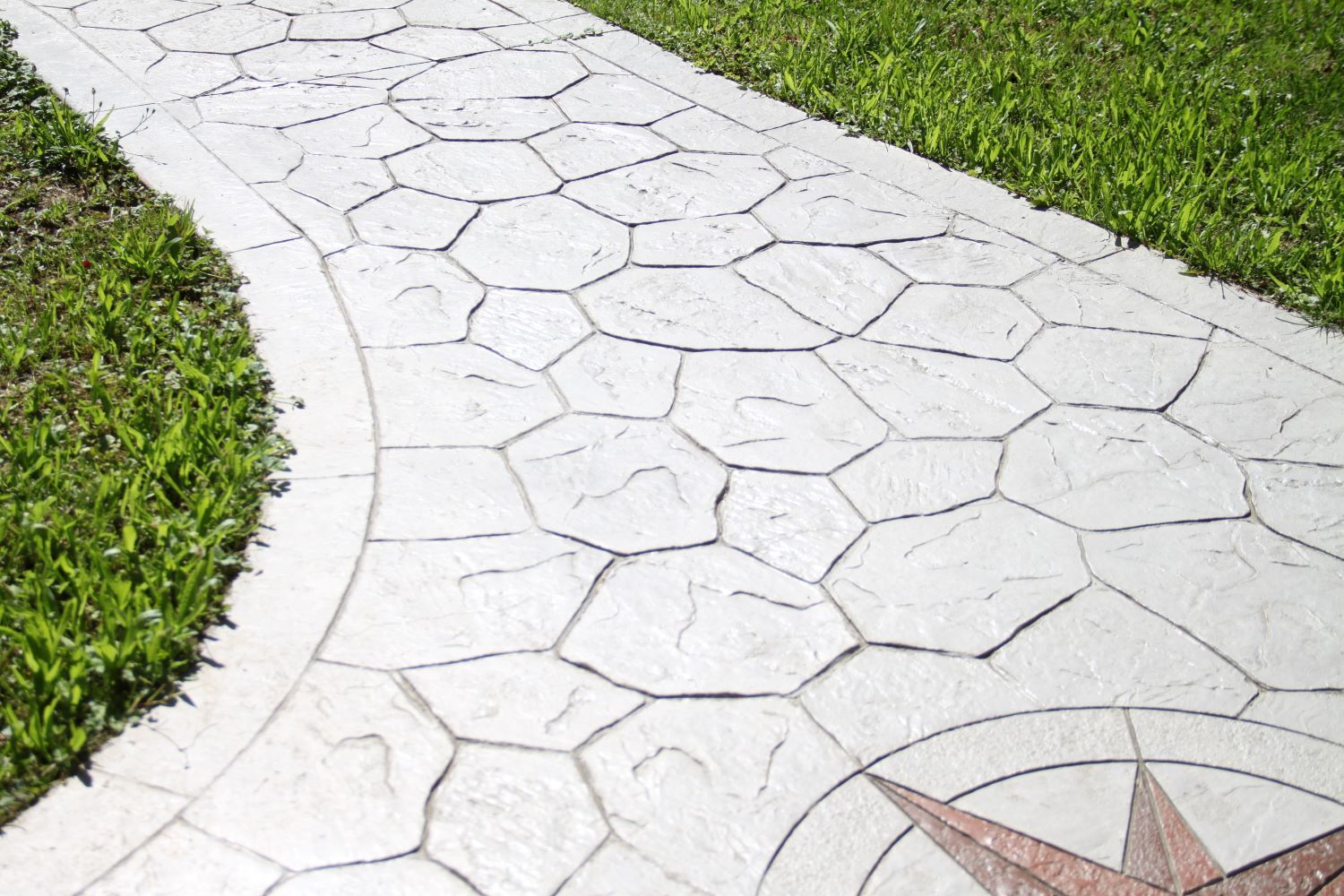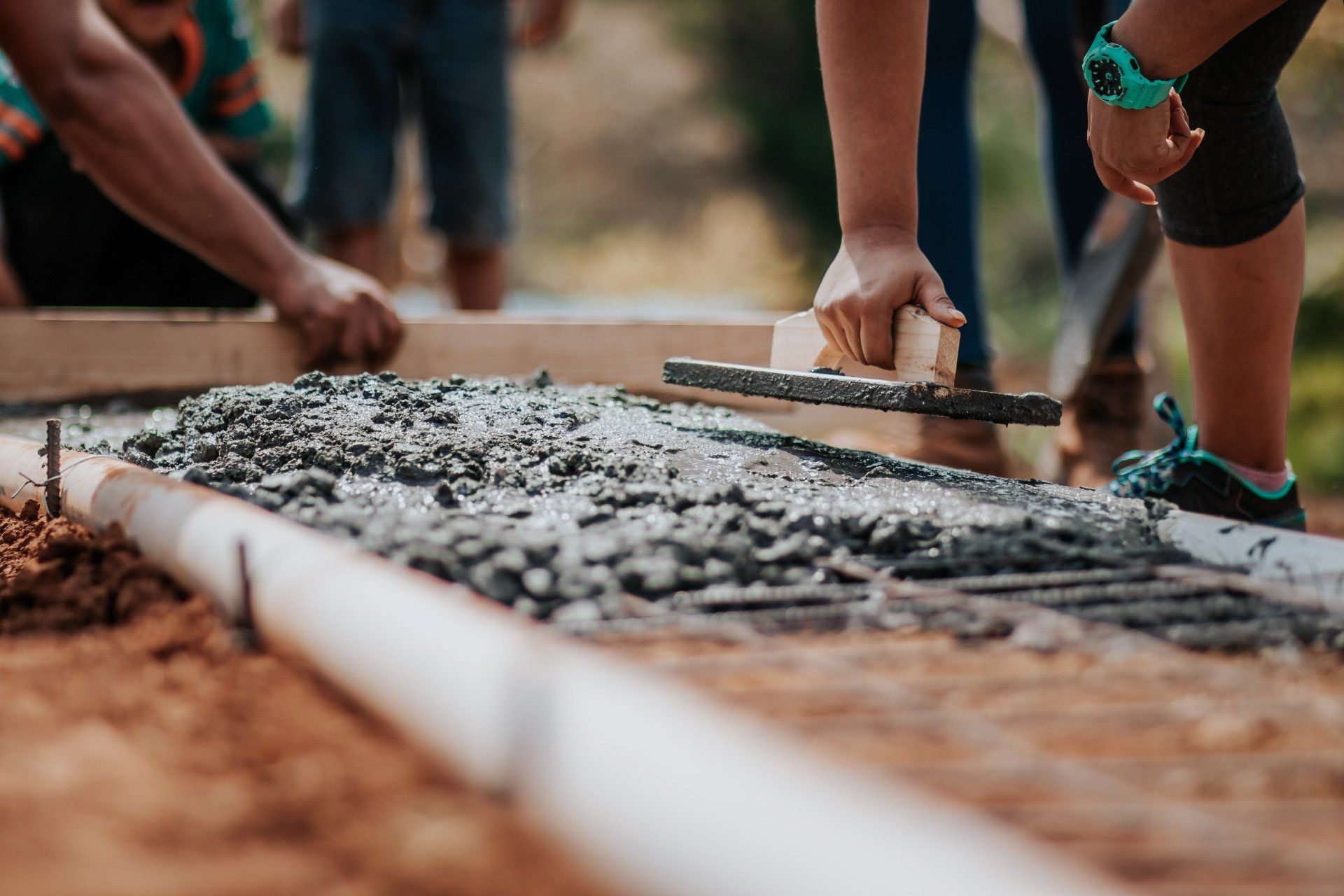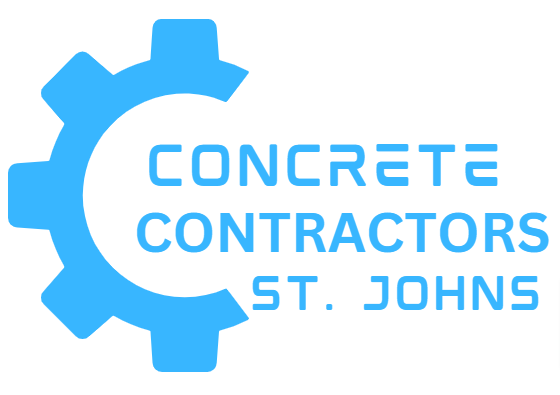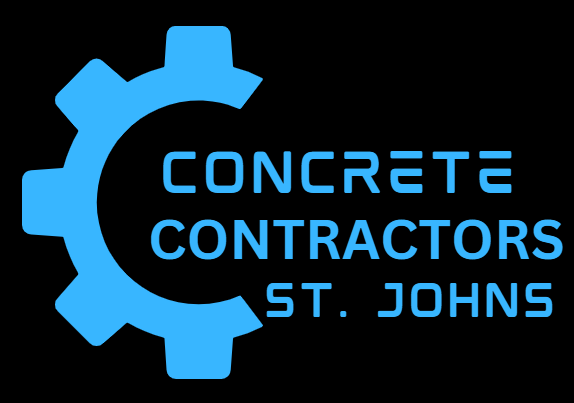Maintenance Misconceptions of Concrete
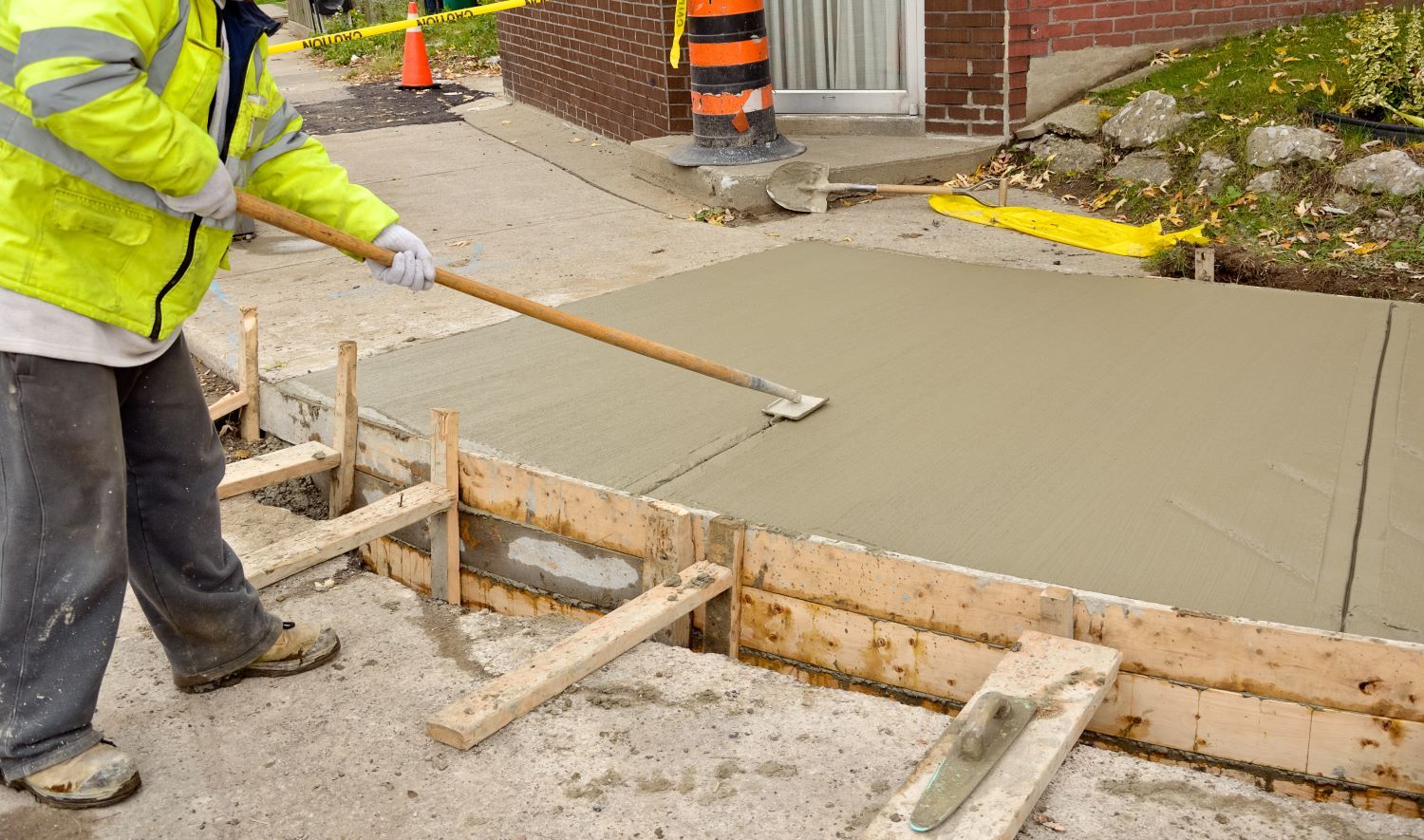
Concrete is renowned for its durability and longevity, making it a popular choice for driveways, sidewalks, patios, and other outdoor surfaces. However, despite its robust nature, concrete still requires regular maintenance to preserve its appearance and structural integrity over time. Unfortunately, there are many misconceptions surrounding concrete maintenance that can lead to premature deterioration and costly repairs. In this article, we'll debunk some of these myths and provide practical tips for properly maintaining your concrete surfaces.
Misconception 1: Concrete is Maintenance-Free
One of the most common misconceptions about concrete is that it requires minimal maintenance or even none at all. While it's true that concrete is a durable material, it is still susceptible to wear and tear from various factors such as weather, traffic, and environmental contaminants. Without proper maintenance, concrete can develop cracks, stains, and surface degradation, compromising its appearance and structural integrity.
Misconception 2: Sealing Concrete is Optional
Some property owners believe that sealing concrete is an optional step in the maintenance process. However, sealing concrete is essential for protecting it from moisture penetration, freeze-thaw cycles, UV damage, and staining. A high-quality concrete sealer creates a protective barrier that repels water, oil, and other contaminants, prolonging the life of the concrete surface and reducing the need for repairs.
Misconception 3: All Concrete Sealers are the Same
Another common misconception is that all concrete sealers provide the same level of protection and performance. In reality, there are various types of concrete sealers available, each with its own unique properties and applications. For example, penetrating sealers penetrate deep into the concrete pores to provide long-lasting protection against moisture and salt damage, while film-forming sealers create a protective film on the surface to enhance durability and aesthetic appeal.
Misconception 4: Power Washing is Sufficient for Cleaning Concrete
While power washing can effectively remove surface dirt and debris from concrete, it may not be sufficient for removing stubborn stains, mold, mildew, or efflorescence. Additionally, using excessive water pressure or harsh chemicals during power washing can damage the concrete surface and compromise its integrity. To properly clean concrete, it's essential to use mild detergents, scrub brushes, and specialized concrete cleaners designed for specific types of stains.
Misconception 5: DIY Repairs are Always Effective
Some property owners may attempt to repair concrete damage themselves using DIY patching materials or quick-fix solutions. While DIY repairs can be effective for minor cosmetic issues, they may not address underlying structural problems or provide long-lasting results. For more significant concrete damage, such as cracks, spalling, or settlement, it's best to consult with experienced concrete contractors who can assess the situation and recommend appropriate repair solutions.
Conclusion:
By debunking these common misconceptions and adopting proper concrete maintenance practices, property owners can ensure that their concrete surfaces remain beautiful, functional, and structurally sound for years to come. For professional concrete maintenance services in St. John's Newfoundland, trust the experts at Concrete Contractors St. Johns to keep your concrete surfaces in top condition.
